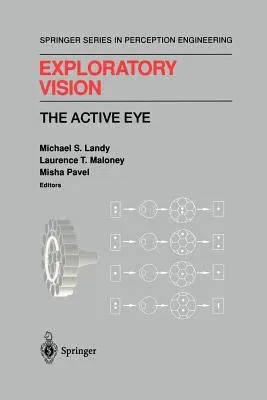Exploratory Vision: The Active Eye (Softcover Reprint of the Original 1st 1996)Paperback - Softcover Reprint of the Original 1st 1996, 19 September 2011

Qty
1
Turbo
Ships in 2 - 3 days
In Stock
Free Delivery
Cash on Delivery
15 Days
Free Returns
Secure Checkout
Part of Series
Springer Perception Engineering
Part of Series
Springer Series in Perception Engineering
Print Length
344 pages
Language
English
Publisher
Springer
Date Published
19 Sep 2011
ISBN-10
1461284600
ISBN-13
9781461284604
Description
Product Details
Book Edition:
Softcover Reprint of the Original 1st 1996
Book Format:
Paperback
Country of Origin:
NL
Date Published:
19 September 2011
Dimensions:
23.39 x
15.6 x
1.93 cm
ISBN-10:
1461284600
ISBN-13:
9781461284604
Language:
English
Location:
New York, NY
Pages:
344
Publisher:
Weight:
512.56 gm

